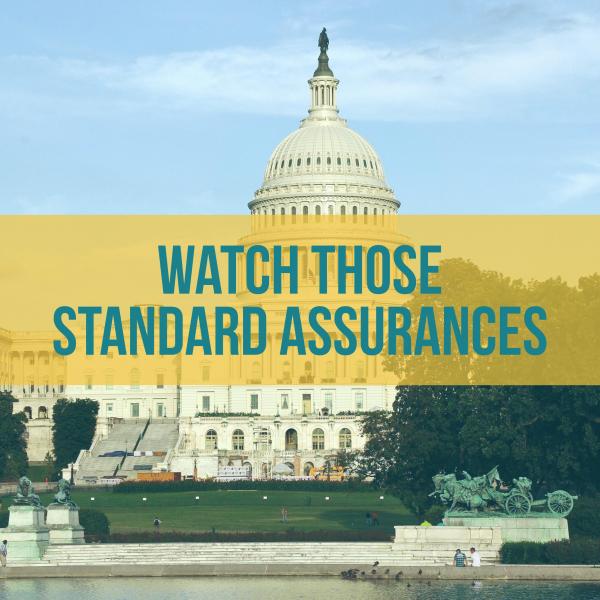Who Reviews Your Proposals?






Federal resources and systems for grantseekers have been changing. If your organization participates in the federal grants process or plans to, it’s imperative to stay on top of developments at Grants.gov, SAM.gov, and the federal agencies with which you are most involved.

Before you can manage government grants successfully, you’ve got to untangle a snarl of red tape.

The field of grant development is dynamic. The basic elements of a strong proposal don’t change, but the environment in which funding decisions are made is in constant flux. The trends below remain current. Although not new, they point towards grantseeking realities we’ll be contending with over the coming year.

Even nonprofits that don’t receive direct federal grants often benefit from money provided by state, county, city or other organizations that pass-through federal support. The far-reaching arm of the federal dollar means almost all nonprofits feel the hurricane-force drama pouring out of Washington, D.C.

If your organization has experienced financial difficulty in the past or received a less than perfect audit, you might still get federal grant funds but be designated by the government as a “high risk” grant recipient. If your organization is cash poor, a high-risk grantee designation will make things even harder because you’ll be placed on reimbursement funding status—a kind of funding purgatory. Reimbursement funding status means you must advance your own funds first and then get reimbursed when you submit documentation of spending.

Thousands of federal grant proposals are submitted each year. Around 80% will be rejected and around 20% on average will get funded. The required signatures on the federal Standard Form 424 face sheet and the companion “Standard Assurances” bind your organization to comply with each of the 23 assurances associated with receipt of federal funding.